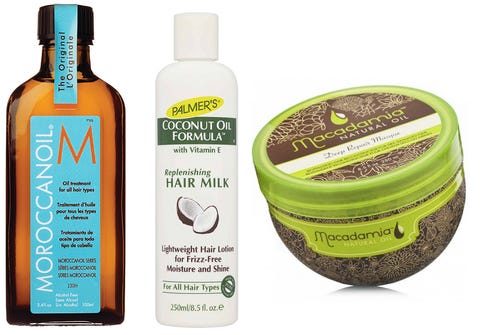Dry, chapped hands are one of the most common winter skin woes. Not only can they crack, peel, and bleed, when your skin barrier is compromised, eczema, psoriasis, and other skin conditions can worsen. Here’s how to keep your hands healthy and moisturized during the cold winter months.
Wear gloves

If it’s cold enough to wear a hat, it’s definitely cold enough to slip on a pair of gloves. Invest in a pair of cashmere or wool-lined leather gloves, which tend to be more effective at blocking wind and keeping hands warm. Building a snowman or shoveling your walkway? Opt for a water-resistant pair. You should don a pair of rubber gloves when washing dishes or cleaning year round, but it’s especially important in the winter, says Francesca Fusco, MD, board-certified dermatologist of Wexler Dermatology in New York City.
Apply SPF every day
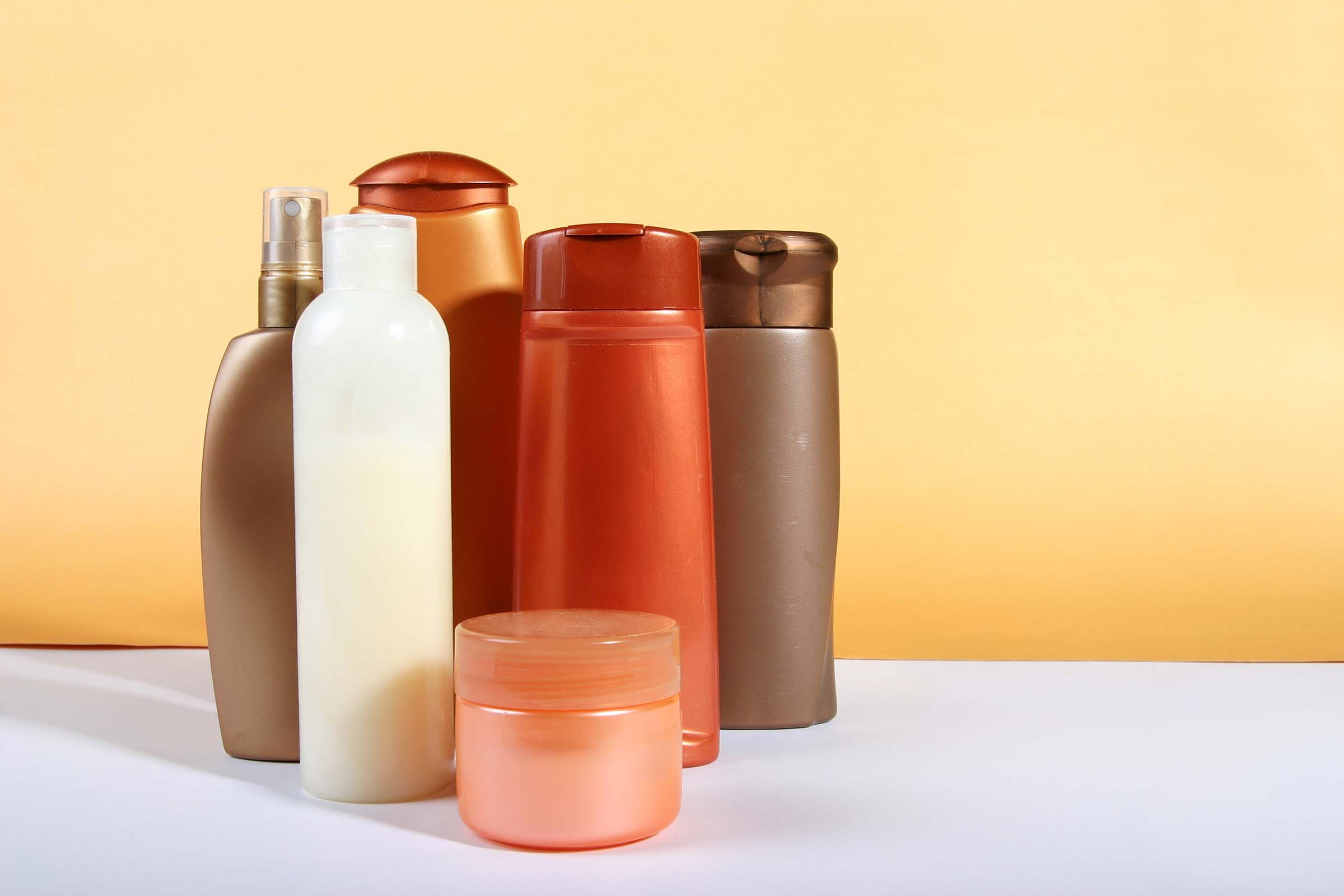
Protect hands from the sun’s harmful rays with moisturizing sunscreen. Or opt for a hand lotion with SPF.
Moisturize, moisturize, moisturize
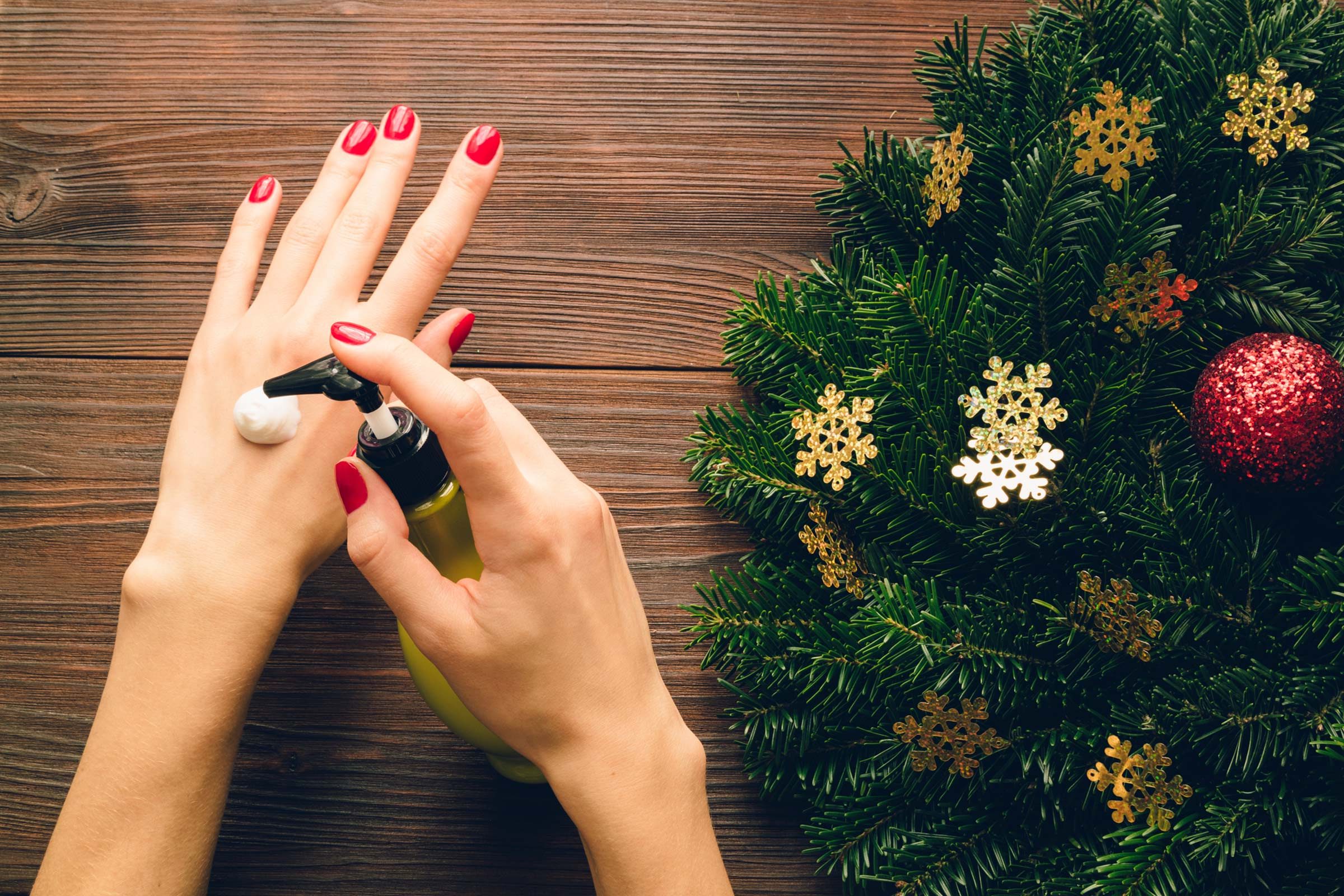
Dr. Fusco encourages patients to keep a tube of moisturizer everywhere—your desk drawer, handbag, kitchen counter, bedside, glove compartment, etc. “Repeated moisturizing through the day nourishes, heals, and protects skin,” she says.
Exfoliate
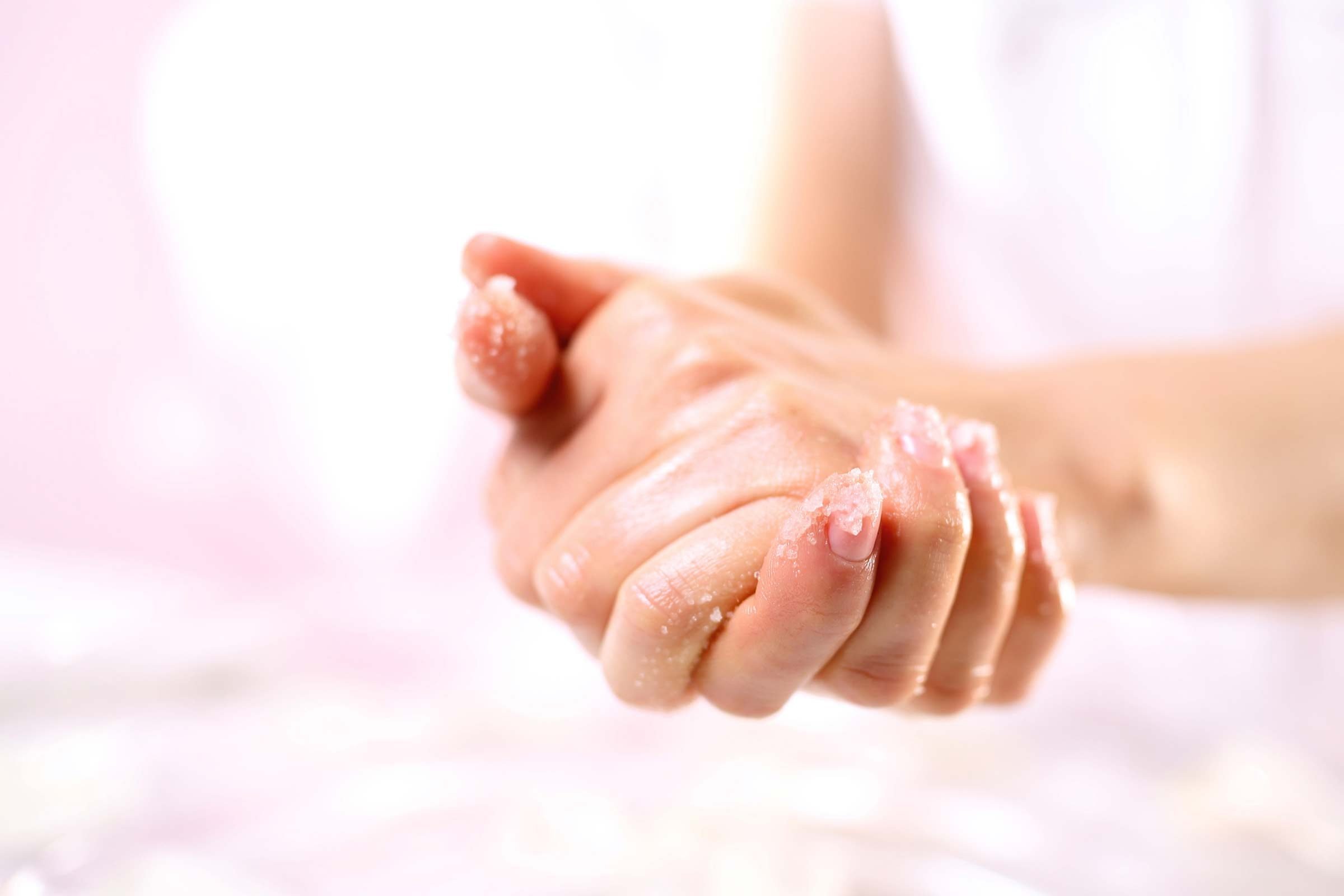
“Most people don’t think to exfoliate their hands, but it will remove dead skin, which allows better penetration of moisturizer,” explains Dr. Fusco. For a DIY fix, mix a bit of coconut oil and sugar together, then rub on hands in circular motions. You can also use your favorite facial exfoliant.
Use hand sanitizer sparingly
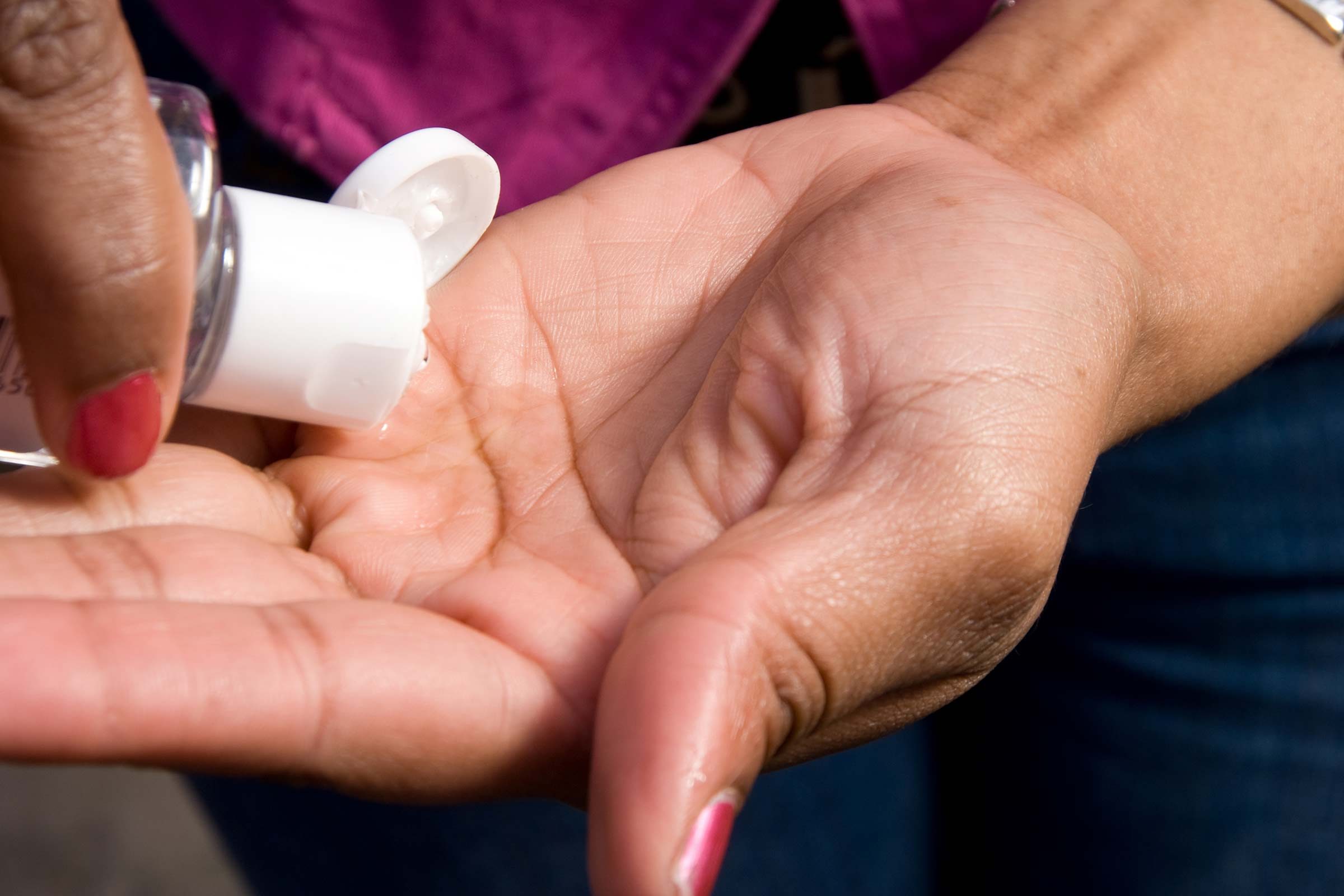
Overuse of hand sanitizers can dry out hands quickly. Dr. Fusco recommends a non-drying formula.
Wash hands with moisturizing soap

Frequent hand washing with hot water and soap can strip natural oils from skin. The solution: switch to a moisturizing hand soap and make sure the water is lukewarm rather than hot. These are ways you didn’t realize you’re washing your hands wrong.
Avoid hand dryers
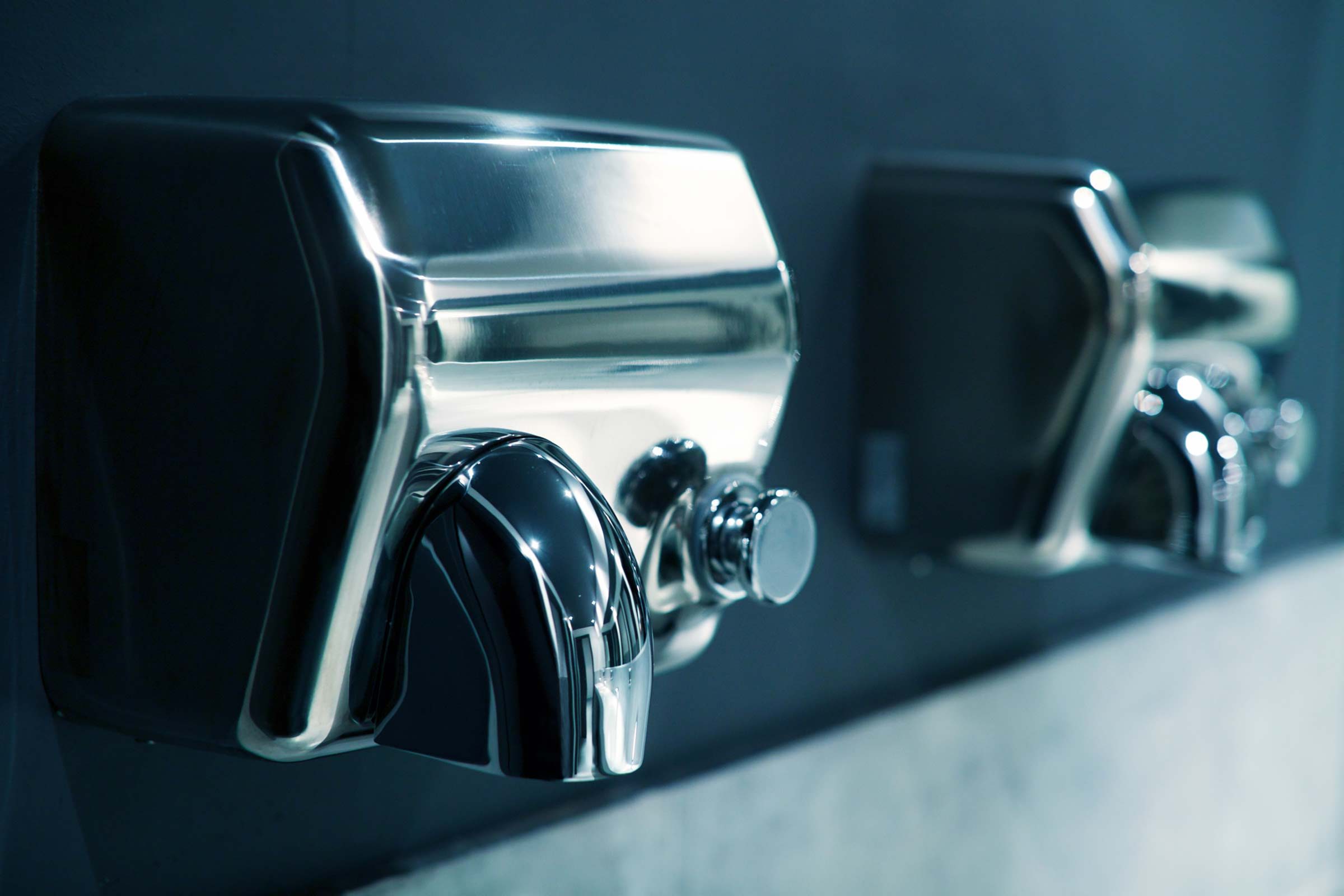
When using the ladies room, if you have the option of an automatic dryer (with hot air) or paper towel, opt for the latter. According to Dr. Fusco, the hot blast could dry out your skin even more.
Don’t neglect cuticles
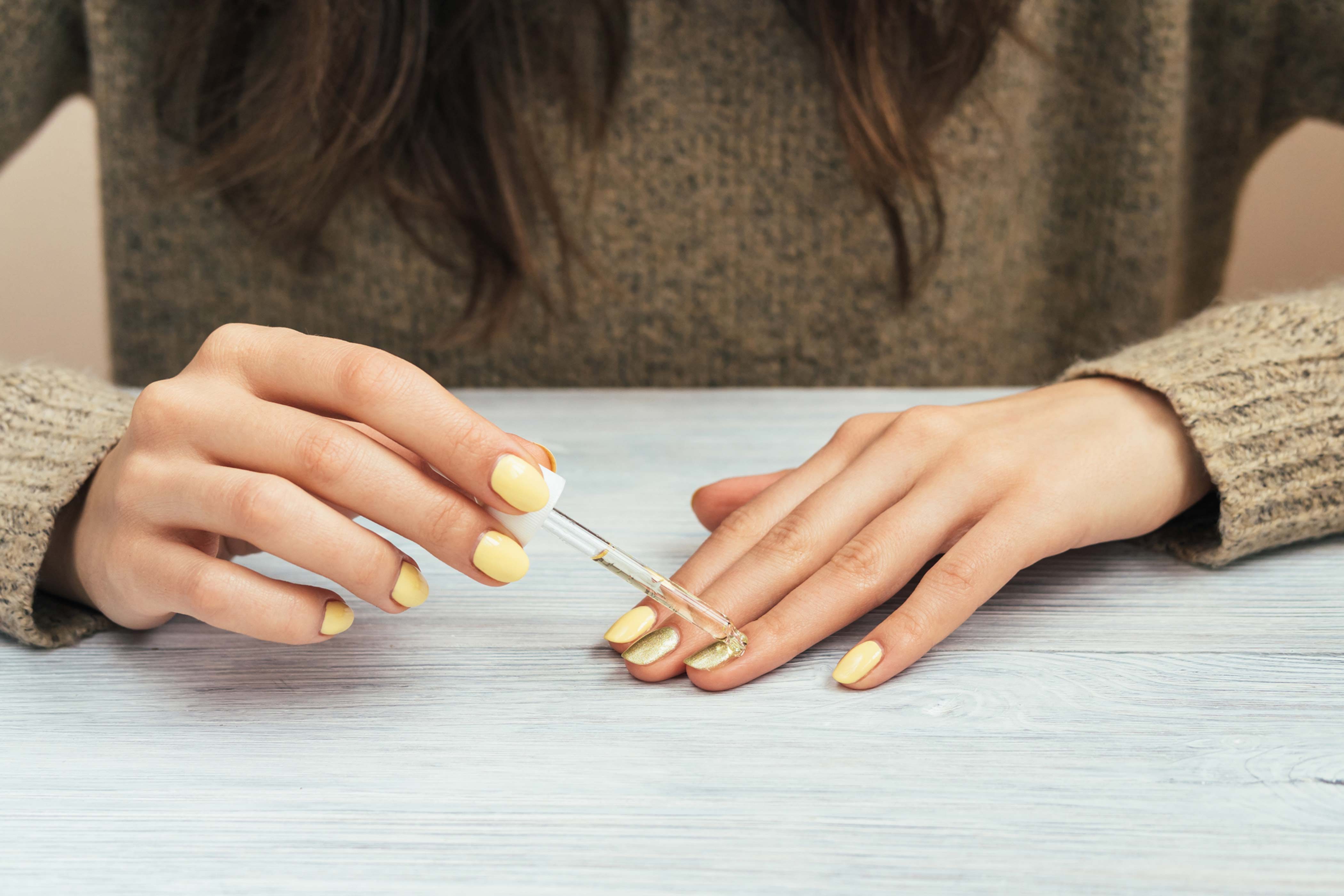
Your cuticles and nails are equally sensitive to harsh winter weather as the rest of your hands.
Pamper your hands at night
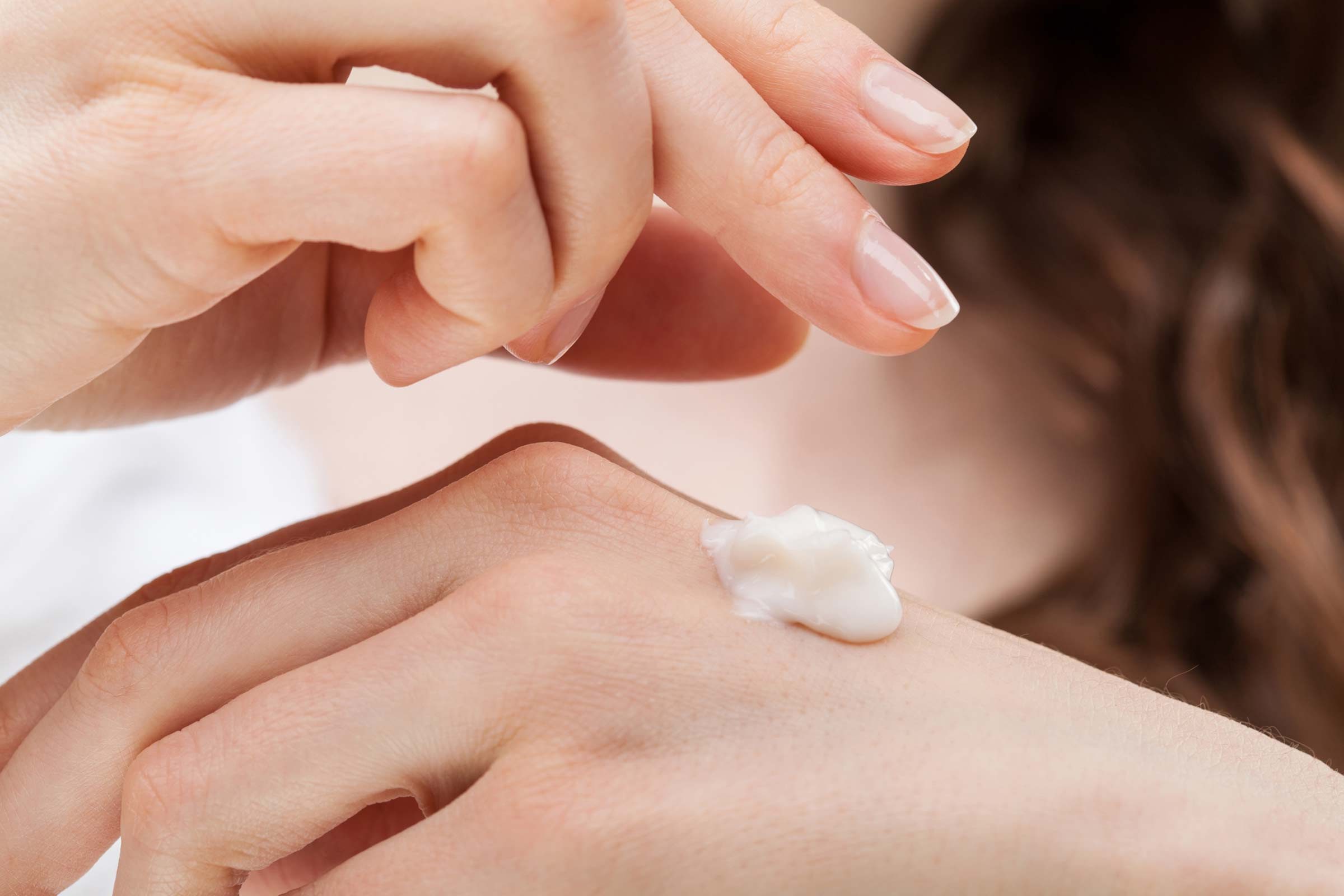
Invest in an ultra-rich, overnight hand cream.
Enjoy your beautiful hands this winter!!!

 We formulated this winner recipe with a blend of 10 oils, using coconut oil as our base carrier.
We formulated this winner recipe with a blend of 10 oils, using coconut oil as our base carrier.














